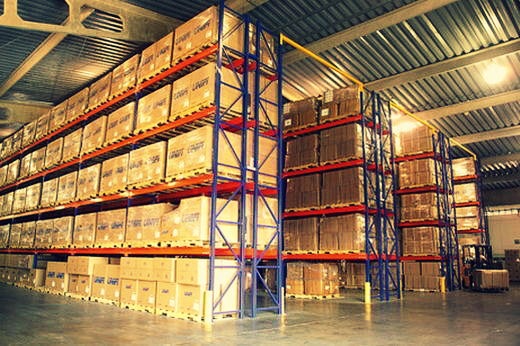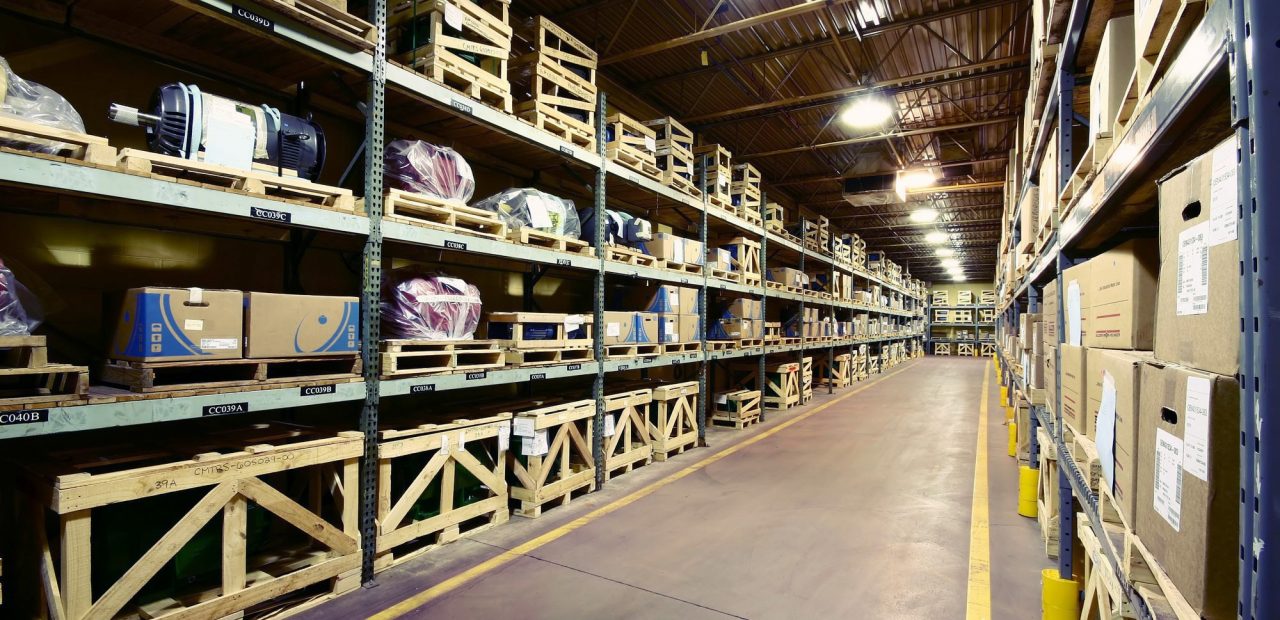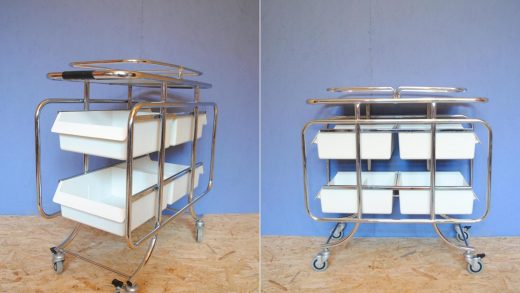Pallet Racking Systems: the Framework for Warehouse Operations
To really feel the importance of a proper racking system for businesses where a great part of the job is done in a warehouse, one must create a mental picture of how would the process go if there wasn’t a racking system in the first place. It would be probably something like this: a very large and spacious building structure (some warehouses resemble a lot like hangars in their size) filled with boxes placed on the ground without any particular order, people wandering around by foot, pointlessly trying to find a certain box they need to perform a task.
Or, to translate it in a business language: a huge waste of time (because your employees won’t be able to be time-efficient) and a waste of money (because you won’t be using the space effectively)! Having on disposal an entire hangar-like space and not using its full potential? Biggest rookie mistake.
Obviously, the goal of this comparison is to point out the huge importance of organisation. Therefore, how you organise the storing of your products and how you develop the system for functioning in such a large space will determine whether you’ll reach a satisfactory level of efficiency or not.

Contents
How does a racking system fit here?
Besides having a functional teamwork between the members of the team working in the warehouse and a system for storing, picking up orders and similar, a solidly organised warehouse needs a racking system to provide space organisation. Regardless of the type of racks you’ll choose from the vast offer of pallet racking Melbourne retailers, the main goal of this idea is knowing exactly where is a certain thing placed and how to get it in the shortest time possible. Here are a few suggestions on how to choose a proper racking system.
Have storage density in mind
This is important if you want to take advantage of the entire space you have on disposal. You can measure the storage volume by SKU and identify deep lane storage possibilities. Among the deep-lane storage possibilities are drive-ins, double-deep storage, pallet flow and push-back racks – all of which can increase the functionality of your warehouse space.
FIFO and LIFO
FIFO stands for the ‘First In, First Out’ way of storing and picking. If your warehouse functions on this principle, then pallet flow racks would be the perfect choice for you. On the other hand, if your warehouse functions on the LIFO principle (Last In, First Out), you should consider looking for either a drive-in or a push-back storage solution in pallet racking Melbourne stores. Remember that these inventory management practices can significantly influence your profits.
Consider a forklift
A forklift access is important when you use drive-in, drive-through and double-deep racks. What is crucial to remember here is that you need to adjust the width and height of the racking system so that the forklift doesn’t cause any damage when working on the upper racks.

















